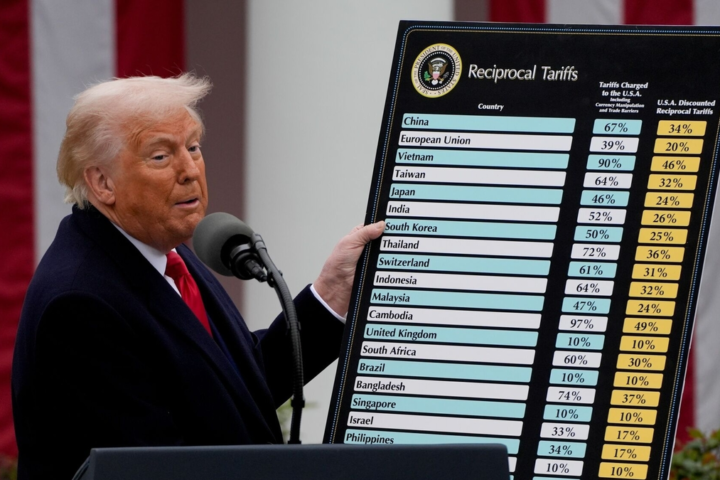Taxation is a cornerstone of any nation’s economy, influencing business operations, personal finances, and overall economic growth. Dubai and India, two vibrant economies with distinct governance models, present a stark contrast in their tax policies. This article delves into a comparative analysis of their taxation frameworks, highlighting the key differences and implications for individuals and businesses.
Tax Structure of Dubai and India
Taxation in Dubai (UAE)
Dubai, part of the United Arab Emirates (UAE), has long attracted expatriates and global businesses due to its favorable tax policies. Here are the key components of its taxation system:
- No Personal Income Tax:
- Residents and expatriates working in Dubai enjoy 100% of their earnings without any deductions for personal income tax. This tax-free regime is one of the biggest incentives for professionals moving to Dubai.
- Corporate Tax:
- Historically, corporate tax was limited to oil companies and foreign bank branches. However, starting from June 1, 2023, the UAE introduced a 9% corporate tax on profits exceeding AED 375,000 (approximately ₹8.5 lakhs). This move aims to diversify the economy and align with global tax practices while maintaining a competitive rate.
- Value-Added Tax (VAT):
- A flat 5% VAT was implemented in 2018 on most goods and services. Despite being a relatively new introduction, VAT in Dubai is among the lowest in the world.
- Customs Duties:
- Import duties are generally low, around 5% on most goods. Certain categories, such as food and medicines, enjoy exemptions or reduced rates.
- Other Taxes:
- There are no wealth taxes, inheritance taxes, or capital gains taxes on most transactions. Property taxes are minimal and applied as registration fees or annual service charges.
Taxation in India
India’s taxation system is more complex and progressive, reflecting its focus on revenue generation for social welfare and infrastructure development. Here’s an overview:
- Personal Income Tax:
- Tax rates in India range from 5% to 30%, depending on income slabs. Higher earners are subject to additional surcharges and a 4% health and education cess. This system ensures equitable contribution based on earning capacity.
- Corporate Tax:
- India levies a corporate tax of 15% to 30%, depending on factors like company turnover and sector. Foreign companies are taxed at 40%, making the rates higher compared to Dubai. However, special incentives are offered to startups and sectors like manufacturing.
- Goods and Services Tax (GST):
- GST, introduced in 2017, is a comprehensive indirect tax applied to goods and services. The rates range from 0% to 28%, with essential goods taxed at lower rates and luxury items at higher rates. Sin goods, such as tobacco and alcohol, attract additional cess.
- Capital Gains Tax:
- India imposes capital gains tax on profits from asset sales. Short-term gains are taxed at 15%, while long-term gains are taxed at 10%-20%, depending on the holding period and asset type.
- Customs Duties:
- Import duties in India are relatively high, ranging from 10% to 40%, to protect domestic industries. Luxury items and high-end electronics face the highest tariffs.
- Wealth and Inheritance Taxes:
- While India abolished wealth tax in 2015, inheritance is indirectly taxed through high stamp duties and registration fees.
Key Differences Between Dubai and India
| Aspect | Dubai (UAE) | India |
|---|---|---|
| Personal Income Tax | No personal income tax | Taxed (5%-30%) based on slabs |
| Corporate Tax | 9% (from 2023) | 15%-40% based on type/turnover |
| VAT/GST | 5% | 0%-28% |
| Wealth Tax | None | None |
| Capital Gains Tax | None on most transactions | 10%-20% |
| Customs Duties | 5% | 10%-40% |
Implications for Individuals and Businesses
- For Individuals:
- Dubai’s lack of personal income tax significantly increases disposable income, making it an attractive destination for expatriates.
- In India, higher income tax rates reduce take-home pay but contribute to social welfare programs and public infrastructure.
- For Businesses:
- Dubai’s low corporate tax and VAT rates lower operating costs, encouraging foreign investments. The introduction of a 9% corporate tax aligns Dubai with global standards while maintaining competitiveness.
- In India, higher corporate taxes and import duties increase the cost of doing business. However, the Indian market’s size and growth potential often outweigh these concerns for investors.
- For Investors:
- Dubai’s absence of capital gains tax and minimal property taxes makes it a haven for real estate and financial investors.
- In India, capital gains taxes and stamp duties can eat into investment returns, but the rapid urbanization and economic growth provide lucrative opportunities.
Interesting Read
Conclusion
The tax systems of Dubai and India reflect their unique economic priorities. Dubai’s tax-free regime for individuals and low corporate tax rates have positioned it as a global business hub. In contrast, India’s progressive tax structure supports its vast population and infrastructure needs, albeit at higher tax rates.
For expatriates and businesses, choosing between Dubai and India depends on priorities such as income retention, market potential, and cost of operations. While Dubai offers immediate financial advantages, India provides long-term growth opportunities in one of the world’s fastest-growing economies. investor, or expatriate, understanding these frameworks is crucial for informed decision-making.







